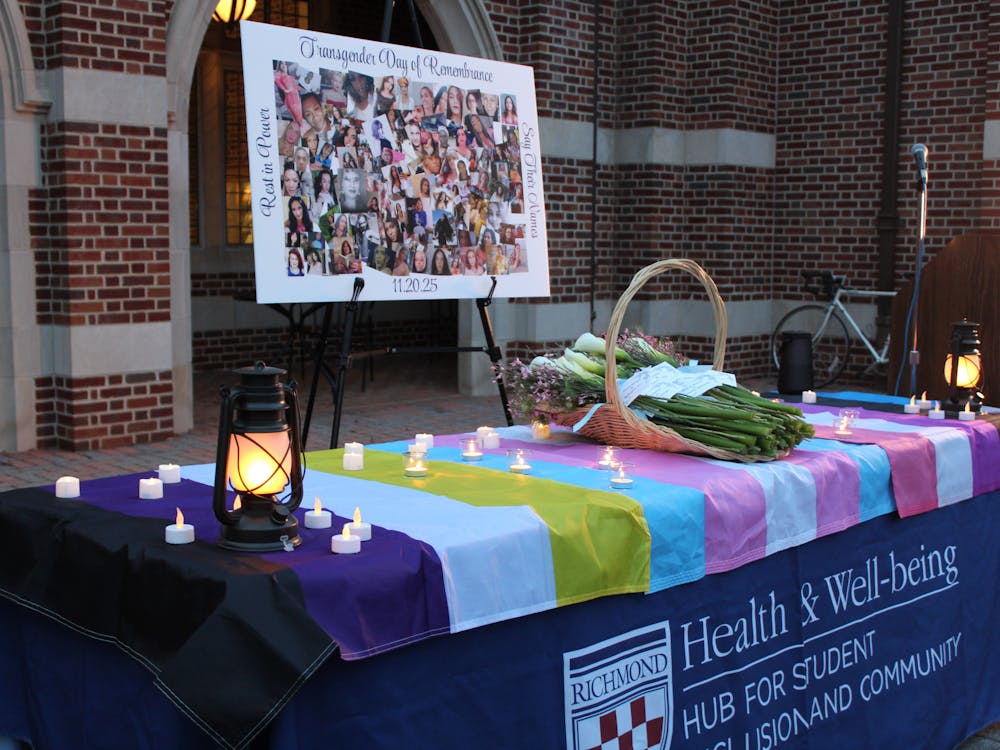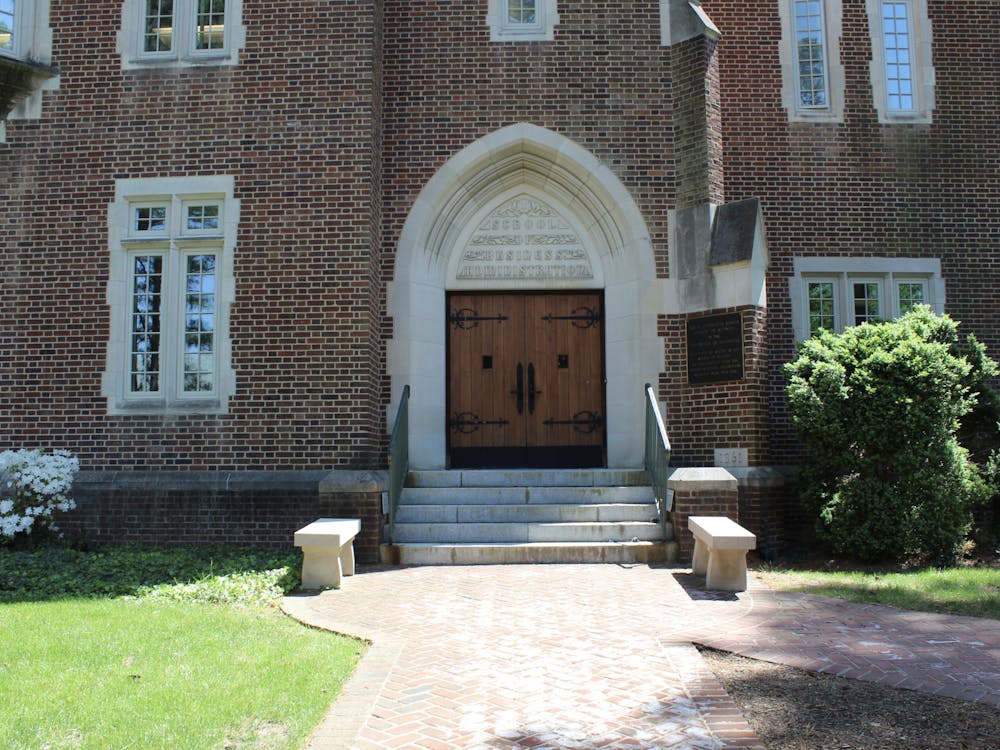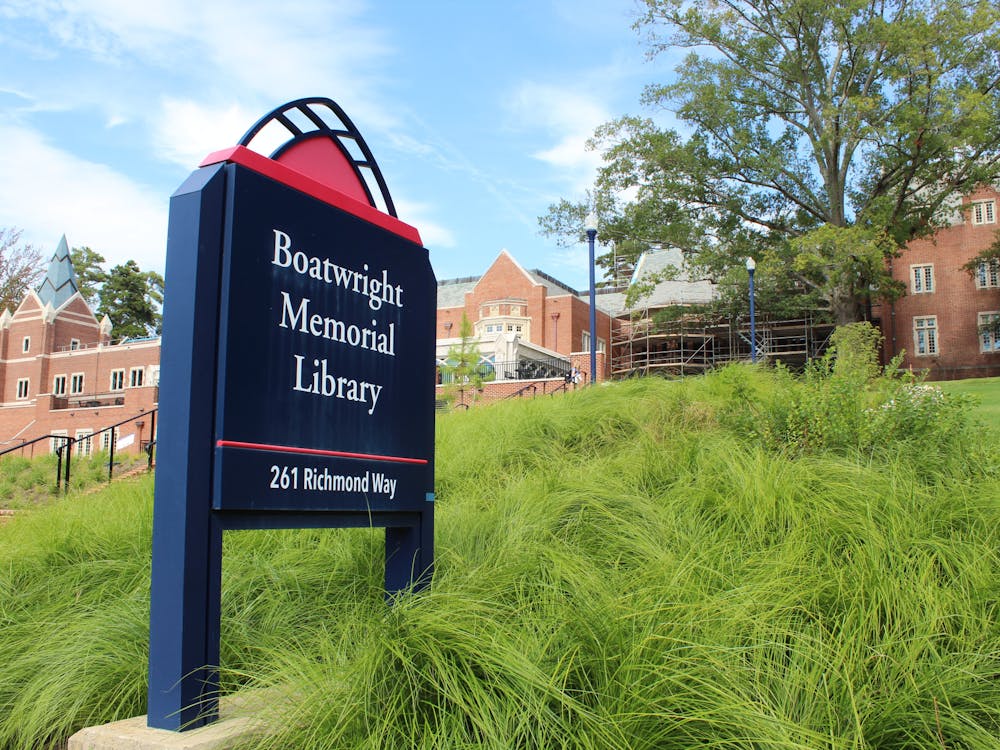The Virginia Museum of Fine Arts has launched a new education program to make its collection accessible to people with Alzheimer's disease and their caregivers. The museum, in conjunction with the Greater Richmond Alzheimer's Association, will host a talk, "Looking at Art and Alzheimers," today.
Last November, Celeste Fetta, VMFA manager of gallery education, led a tour around the museum's collection for early-onset Alzheimer's patients. She used the artwork as a tool to encourage the audience to communicate and access their memories. She said the incredible response from the patients inspired her to research and develop the Alzheimer's education program.
More than five million Americans currently suffer from Alzheimer's disease. The disease causes forgetfulness and confusion and affects different parts of the brain, including the part that controls language. According to Sherry Peterson, CEO of the Greater Richmond Alzheimer's Association, making art accessible to people with Alzheimer's gives them an outlet for communication and an opportunity to reminisce.
"One patient looked at a statue of a ballerina and remembered how she always wanted to be a ballet dancer," Peterson said. "She got very excited and said, 'I used to take lessons. That was my dream — to be a ballerina.'" According to Peterson, the disease affects short-term memory first, so the early-onset patients still have vivid memories of their childhood and early adulthood. The artworks in the museum trigger their memories and spark communication, she said.
The new program will feature more interactive tours of the museum's collection by specially trained museum educators. According to Fetta, the tours focus on the more recognizable images and portraits because some of the abstract works can be intimidating. The works of art are used as starting points to access memory.
"We might show them a photograph in the Faberge room and then ask 'What kinds of photographs do you have?'" Fetta explained. "It opens the floodgates for them to talk about their lives."
The VMFA program is modeled after an established program at New York's Museum of Modern Art. During 2006, MoMA launched the "Meet Me at MoMA" program, designed to make their collection accessible to people with Alzheimer's disease. "Meet Me at MoMA" is a monthly program that has served as a model for other art museums, assisted living facilities, nursing homes and Alzheimer's Association chapters across the country. Peterson said she hoped that the VMFA program would also become a regular program.
"We are really excited about this relationship," she said. "We hope that in the future we will be able to take our early-onset patients down to the museum a couple of times a week."
Today's lecture will be lead by Amir Parsa, project manager for the MoMA Alzheimer's Project.
"The talk is intended to be a preview of the new program to our community," Fetta said. "There is much more to come in the future."
The VMFA program is partially funded by a $450,000 grant MoMA received from the MetLife Foundation to expand the museum's Alzheimer's project nationwide. MoMA has developed a training manual for other museums and will send Amir Parsa back to Richmond during the spring to train the VMFA docents, Fetta said.
Similar programs exist at other museums, such as the Museum of Fine Arts in Boston and the Bruce Museum of Fine Arts and Science in Greenwich, Conn. Peterson said she thought programs such as these are great ways for college students to interact with loved ones who are diagnosed as having Alzheimer's disease.
Enjoy what you're reading?
Signup for our newsletter
"So many college students are dealing with this disease with their grandparents and, unfortunately, some of their parents," she said. "This is a great way for them to spend some quality time with their loved ones and find a way to communicate with them."
Fetta agreed that the VMFA program could be a useful tool for college students dealing with the disease.
"It is the responsibility of young people to understand what is happening to older generations," she said. "You are the people who can help your loved ones cope with the disease."
Fetta also said it was important for young people to understand the value of art as a tool for improving people's lives. Like MoMA, the VMFA is committed to making its art collection accessible to a wide variety of audiences. There are numerous educational programs offered that target specialized audiences, such as the blind or partially sighted or the hearing impaired.
"In those cases you have to completely rethink how you talk about a work of art," Fetta said. "It's challenging but very rewarding"
Support independent student media
You can make a tax-deductible donation by clicking the button below, which takes you to our secure PayPal account. The page is set up to receive contributions in whatever amount you designate. We look forward to using the money we raise to further our mission of providing honest and accurate information to students, faculty, staff, alumni and others in the general public.
Donate Now


